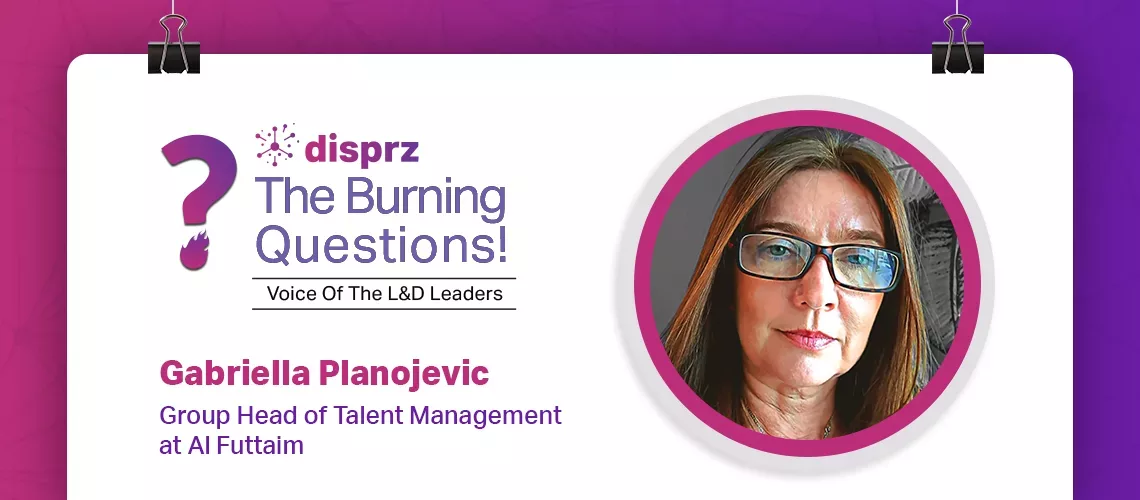Employee engagement is essential to the success of any business. Engaged employees are more productive, innovative, and invested in their work. This is especially true when those employees are part of your frontline workforce. However, employee engagement is not always easy to achieve.
Many businesses struggle with disengaged employees, which can lead to low productivity, high turnover rates, and poor customer service. One solution to leverage gamification for employee engagement.
How to Leverage Gamification for Employee Engagement
Gamification is the application of game elements and mechanics to non-game contexts, such as work or education. When done correctly, gamification can be a powerful tool to enhance your frontline training program and increase employee engagement. In fact, gamification can boost employee engagement by 60%.
Here are 5 tips on how to leverage gamification for employee engagement:
1) Set clear goals and expectations
Before implementing gamification, it’s important to set clear goals and expectations. Define what you want to achieve with gamification, and how you plan to measure success. This will help you design an effective employee gamification program that aligns with your business objectives.
2) Make it relevant
To be effective, gamification must be relevant to the employees’ job roles and the company’s goals. Ensure that the game mechanics and rewards are directly tied to the employees’ performance and incentivize behaviors that support the company’s goals.
3) Offer meaningful rewards
Rewards are an essential component of gamification. However, rewards that are not meaningful or relevant to the employees can be demotivating. Offer rewards that align with the employees’ interests and needs, and that provide a sense of accomplishment and recognition.
4) Make it fun
The key to successful gamification is making it fun. In fact, recent survey showed that 83% felt motivated by gamified training, whereas 49% reported being bored during non-gamified training. Leverage gamification mechanics that are engaging, challenging, and enjoyable to play. Incorporate elements of competition, collaboration, and social interaction to create a sense of community and excitement.
5) Provide feedback
Feedback is critical to employee engagement. Provide regular feedback on performance, progress, and achievements. Use data and analytics to track employee performance and provide personalized feedback that helps employees improve and grow.
Expert Advice – Driving Frontline Employee Engagement with Gamification
Leveraging gamification for employee engagement isn’t rocket science. You just need to implement the right techniques and strategies that resonate with your employees.
Gabriella Planojevic, The Group head of Talent Development AI-Futtaim Group, UAE, shares her expert views on driving frontline engagement by gamifying learning in an interesting conversation with our VP and business head for the Middle East, Ravi Kesavan.
FAQs
1) What is recruitainment?
In HR technology, innovation often focuses on recruitment. Hence, the rise of gamification, or "recruitainment," in hiring isn't surprising. A gamification survey found 45% encountering game-like elements in recruitment, with 78% stating it enhances a company's appeal. Examples include virtual office tours, gamified onboarding, and pre-employment assessment tools.
2) What is the value of gamification in the workplace?
Gamification strategically motivates behavior in various situations, notably in the workplace, boosting engagement and performance. Transparent goals and immediate feedback empower employees, fostering a sense of achievement. Collaboration and healthy competition are encouraged, enhancing team dynamics. Integrating gamification into workplace processes motivates employees to pursue specific actions, resulting in improved performance and productivity.
3) What are examples of gamification at work?
Gamification in the workplace can be used for numerous purposes: to cut down on travel expenses, to improve employee onboarding, to make tedious office chores more fun, to cut down (early) turnover, to build HR analytics skills, and much more.









